Longer rest periods can help prevent injury, while higher speeds in competition contribute to equine eliminations.

THE endurance community needs an urgent change in mindset – and horses are not machines, a leading figure in equine orthopaedics has warned.
Speaking on risk factors and bone injury in endurance horses, at the FEI Sports Forum, Chris Whitton explained the importance of appropriate training and rest in preventing cumulative damage.
Professor Whitton, who is based at the University of Melbourne, has conducted extensive research into the effect of work on horses’ bones.
“It was mainly on thoroughbred racehorses, but applies to any horse, particularly in catastrophic injuries [fractures] in endurance horses,” he said.
“If you understand the key principles in catastrophic injury; accumulation of damage and bone response, and work with them, you can help prevent injury.”
Prof Whitton said force is applied to a horse's bones when it is worked. This "loading", which increases with speed, causes damage to accumulate, which is invisible under X-ray.
Bu hikaye Horse & Hound dergisinin April 20 2017 sayısından alınmıştır.
Start your 7-day Magzter GOLD free trial to access thousands of curated premium stories, and 9,000+ magazines and newspapers.
Already a subscriber ? Giriş Yap
Bu hikaye Horse & Hound dergisinin April 20 2017 sayısından alınmıştır.
Start your 7-day Magzter GOLD free trial to access thousands of curated premium stories, and 9,000+ magazines and newspapers.
Already a subscriber? Giriş Yap

Gemirande provides 24-carat magic
Venetia Williams sparkles again in the December Gold Cup and jockey brothers dead-heat
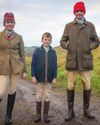
‘Happy hunting, everyone'
“The season for talks, dinners and parties has finally arrived for Tessa Waugh, whose distress about the snags of middle age fades away with some rousing festive spirits
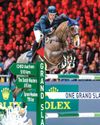
'Monaco deserved this victory
Seemingly destined always to play the bridesmaid’s role, Harrie Smolders’ great partner Monaco finally tops an incidentpacked Rolex grand prix
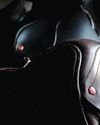
'It had to end sometime'
The closure of beloved Hampshire saddlery Calcutt Sons is a loss to the hunting and wider equestrian worlds, as Octavia Pollock reports

'You couldn't want for more
The Ludlow's peaceful country makes for a day in \"hunting paradise\"

The greatest gift of all
Christmas is fast approaching and while we all like a bit of tinsel, the festive season is also a perfect time for giving to a horse charity. Niki Hinman finds out some of the options
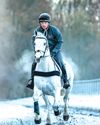
Winter him well
A horse's winter routine can differ dramatically from his summer structure but what’s the knock-on effect? Ellie Hughes asks vets how to optimise routine management for the season
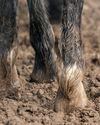
Neat feet
Excellent hoof care is a year-round concern but the winter months present their own problems. Richard Stephenson MRCVS explains the seasonal challenges afoot and how to stay one step ahead
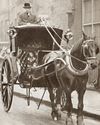
In bygone days
Modern vets have much scientific knowledge behind them, but what about their forebears? Kieran O’Brien MRCVS opens up the world of Victorian vets in London
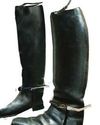
'When I joined the Pony Club it was just two boys and 48 girls'
Pepsi Kohler on being delightfully outnumbered by girls in the Pony Club, a leg-up from a royal and the H&H advert that changed his life